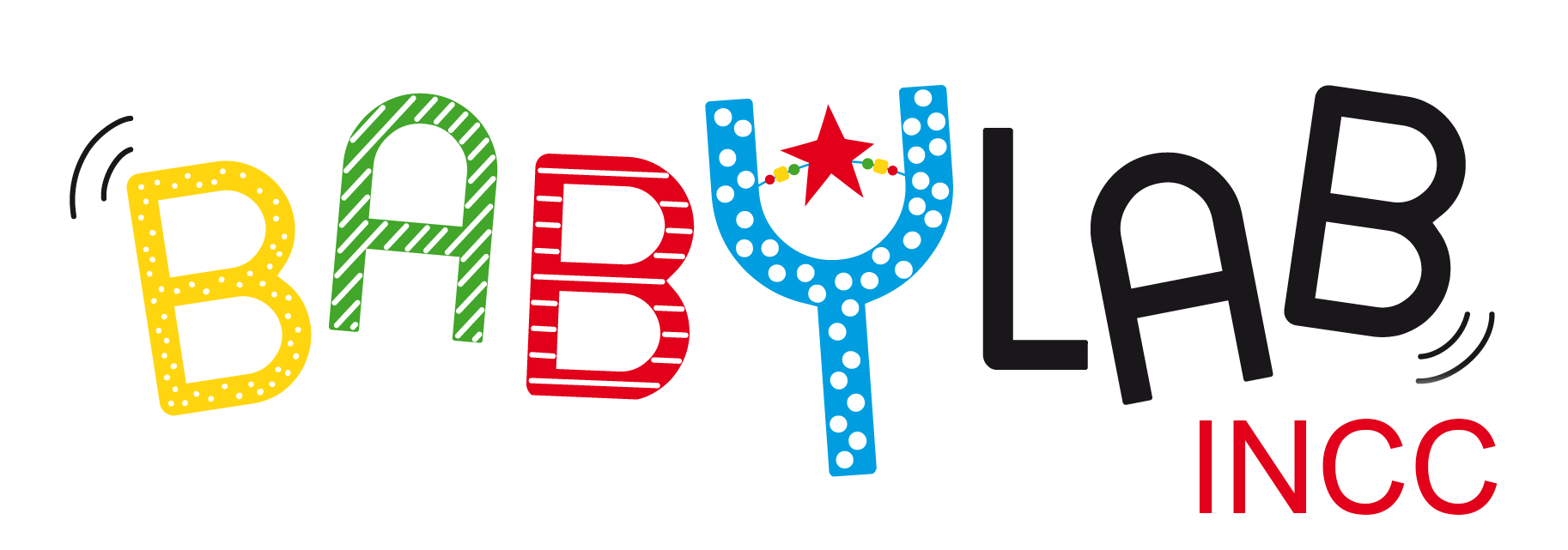Projects
Ongoing projects
ManyNumbers – an international project on learning to count and numbers
How do children eventually manage to confer numerical meaning to number words and to counting? In particular, does understanding number words build on the type of early numerical skills observed in infants? These are the questions that this international project seeks to answer.
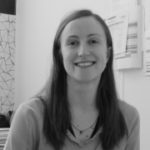
Project team lead
Véronique Izard
Neural study of bilingual lexicon structure: impact of language distance, word type, and relatedness in the developing brain
Our aim is to investigate lexical-semantic organisation in bilingual infants, as a lens into the internal structure of bilingual lexicon. More specifically, we aim to investigate how lexical-semantic organisation – both thematic and taxonomic – in the bilingual brain is shaped by language distance and cognate status of words.

Project team lead
Pia Rämä
Early speech perception and processing of phonological information in lexical acquisition in French- and Akan-learning infants and toddlers
This cross-linguistic project explores how French and Akan-learning toddlers process phonological information (consonants, vowels, tones) when learning words in their native and non-native languages.
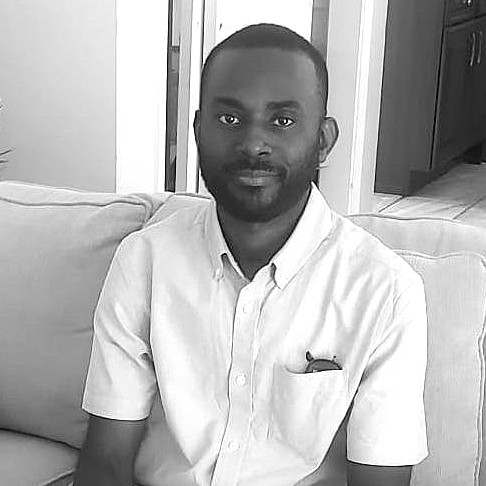
Project team lead
Paul Okyere Omane
Mental Space in Memory through Adversarial Collaboration: Exploring the Origins and the Developmental Course – SPACEODC
Human beings tend to spontaneously use space to think, represent externally (e.g. calendars) and even talk about a variety of non-spatial domains (e.g. time). This ability is functional from birth, how it is modulated throughout the first years of life, what are its behavioral signatures and underlying biases. Finally, we will examine whether, and how, this capacity has an impact on learning in different information domains, from birth to adulthood.
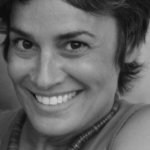
Project team lead
Maria Dolores (Lola) de Hevia
The origins and development of the mental timeline
The ability to represent abstract concepts sets humans apart from all other animals. For example, although we cannot see or touch time, we possess rich temporal representations. What enables this cognitive feat?

Project collaborator
Maria Dolores (Lola) de Hevia
Geometries Return
Building on a previous ANR project (“Geometries”), this new project aims at characterizing the geometric content of form representations across a variety of formats (2D, 3D), presentation modalities (vision, touch), ages (infants, children, adults), and visual experience (sighted and blind participants).

Project team lead
Véronique Izard
Linking early phonolexical acquisition and later vocabulary development
In this project, we test the proposal that a crucial milestone in language acquisition is reached when infants discover which sounds (consonants versus vowels) are more important at the lexical level in their native language, leading to an acceleration of subsequent vocabulary development.

Project team lead
Thierry Nazzi
Study of Visual Fixation in Neurodevelopmental Disorders
This project will measure visual fixation capabilities in 3 participant populations (Typical Development, Autism Spectrum Disorders, and Cerebral Visual Impairment) to evaluate the prevalence of CVI in the ASD population.

Projet team lead
Sylvie Chokron

Projet team lead
Marie PIeron
Early development of cerebral representations of the body in infants: explorations in neuroimaging and behaviour
The aim of this study is to gain a better understanding of how a baby’s brain perceives and represents different parts of its body in the first few months after birth, using functional magnetic resonance imaging and behavioural assessments.

Project collaborator
Marianne Barbu-Roth
Effect of early training in crawling using a mini skateboard on the locomotor and motor development of very premature cerebral palsy patients
The project consists of evaluating the feasibility and effectiveness of 8 weeks of early stimulation training in quadruped walking on a mini skateboard, the Crawli skate, in 50 very premature babies at high risk of neurodevelopmental disorders and followed longitudinally.

Project collaborator
Marianne Barbu-Roth
Ticoala
Adaptation of a digital tool for assessing children’s language skills in nursery school.

Project team lead
Thierry Nazzi

Project team lead
Ranka Bijeljac-Babić
Prosodic grouping biases from birth to adulthood in monolingual speakers
This project studies how adults and young children use variations in intensity, duration and intonation to group syllables into word units.

Project team lead
Thierry Nazzi
Past projects
How Domain-general Functions Contribute to the Development of Numerical Competencies – DFCDNC
The project aims at disentangling the differential contribution of domain-general (i.e. inhibition and attention) and domain-specific factors to the development numerical competencies such as mental arithmetic in infancy and childhood.
Recognition of faces at birth
This project aims to identify the different components of children’s interest when observing faces speaking and looking towards them or not.

Project team lead
Arlette Streri
Hearing development and speech perception in noise in children with cochlear implants
In this study we seek to better understand the capacity of the children’s auditory system to process non-linguistic acoustic signals, for children with implants but also for children with normal hearing.
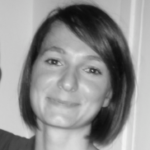
Project team lead
Laurianne Cabrera
Development of speech perception in noise
This project specifically aims to characterize the sensory and non-sensory mechanisms involved in the development of speech perception in noise in normal-hearing and hard-of-hearing children.

Project team lead
Laurianne Cabrera
From object perception to tool use in early infancy
This project aims to understand how babies perceive you, assimilate actions with objects and then be able to manipulate them.
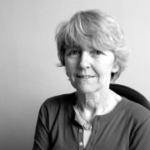
Project team lead
Jacqueline Fagard
Constructing Mathematical Knowledge beyond Core Intuitions (MathConstruction)
The aim of the European project “MathConstruction”, led by Véronique Izard, was to understand the mechanisms for acquiring mathematical knowledge by focusing on two very specific study cases: numbers and angles in the plane.

Project team lead
Véronique Izard
Interactions between prosody and grammar from birth to adulthood
When do infants first show sensitivity to prosody and how do they use it to learn grammar?
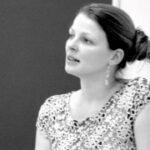
Project team lead
Judith Gervain
Lexical learning
Our project aims to determine which cognitive and developmental factors contribute to the activation of brain patterns during word learning and recognition in young children using the event-related potential technique.

Project team lead
Pia Rämä
The Real of Magnitude Representations: Origins and Neural Basis (NUMPSA)
Magnitude corresponds to the ability to discriminate and represent magnitude information. Studies on newborns from a few hours old, and on pre-verbal babies in the first year of life, to establish the origins, neural bases and characteristics of the ability to represent magnitude information.

Project team lead
Maria Dolores (Lola) de Hevia
Intuitive Foundations for Geometry: Euclidean geometry and beyond – Geometries
This project aims to characterize geometry on different axes through geometry based on spontaneous intuitions for angles, invariance phenomena, or even reasoning in geometries.

Project team lead
Véronique Izard
Mechanisms of Early Language Acquisition : Brain and Behavior (MELA)
This project explores how young children are guided by their perceptual and learning abilities during their first steps towards language. Our main objective is to understand how early perception and learning abilities are articulated during the acquisition of the most fundamental properties of the mother tongue.

Project team lead
Judith Gervain
Scene perception and semantics
Our goal in the current project is to study the cognitive and neural mechanisms underlying the development of semantic scene knowledge and the detection of semantic incongruence in visual scenes.

Project team lead
Pia Rämä
